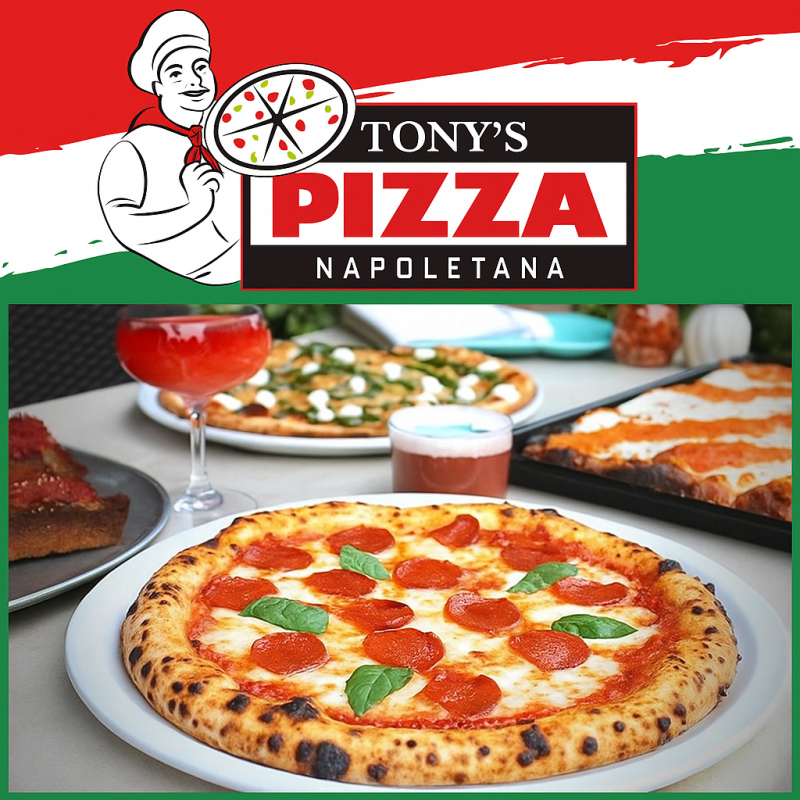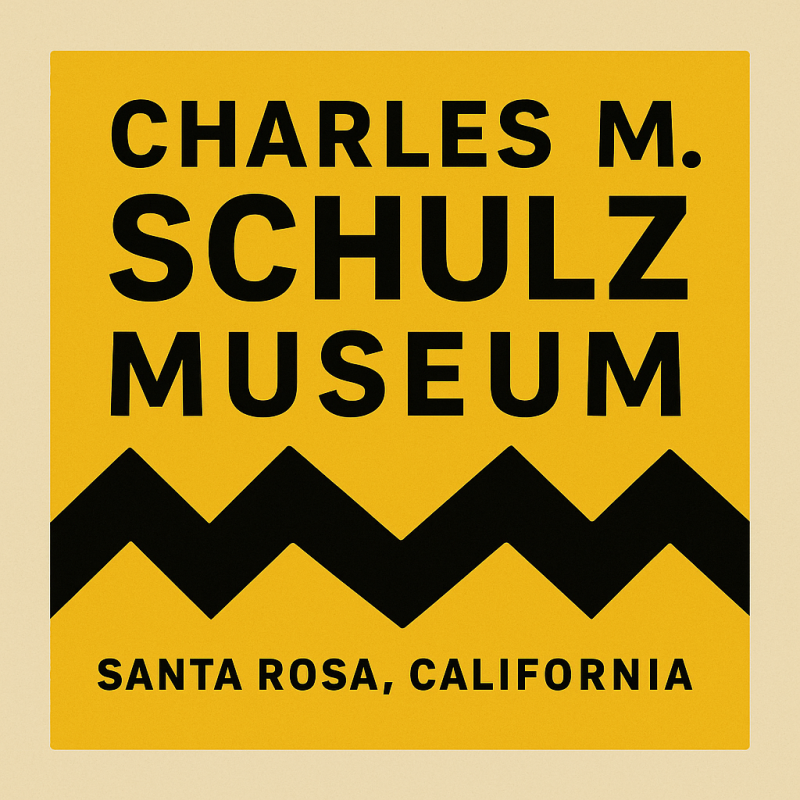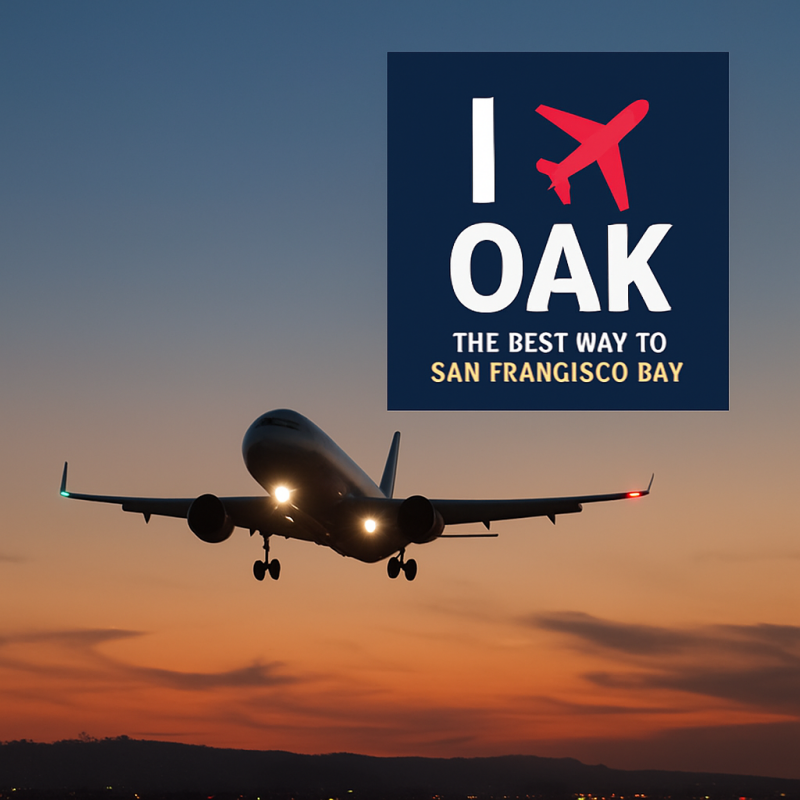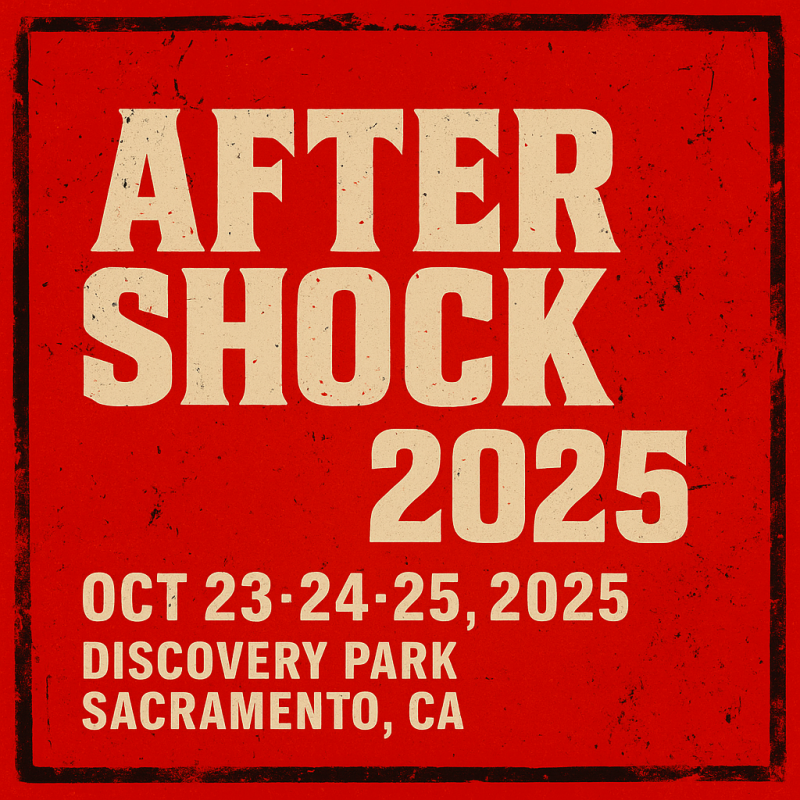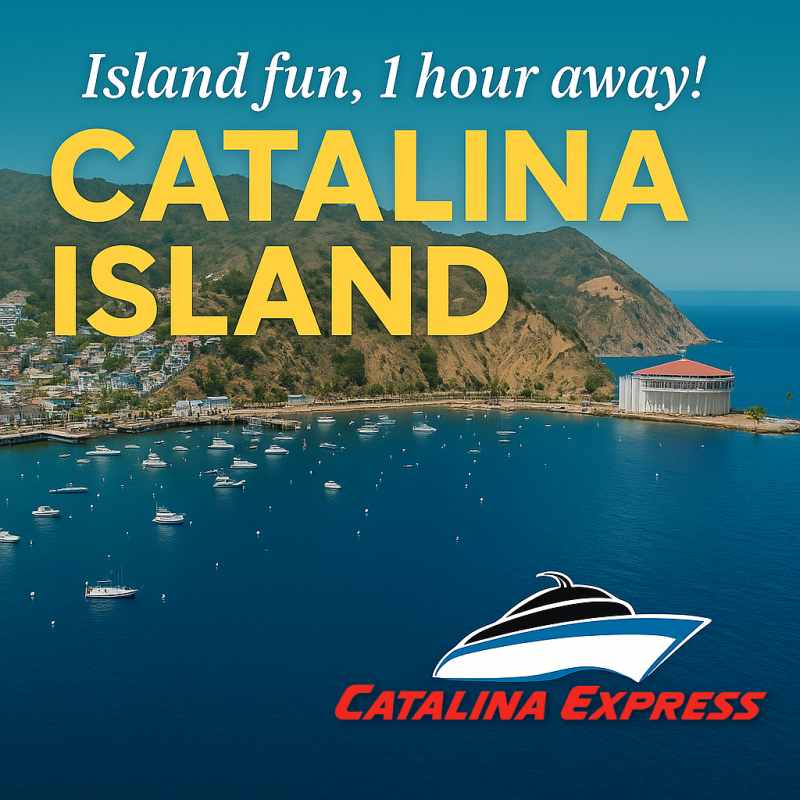By Mauricio Segura

Photo: Golden Bay Times Graphics Dept.
Sacramento’s sports landscape is about to widen in a way nobody quite expected, and Rancho Cordova is the launch pad. The Major Arena Soccer League has voted unanimously to bring professional indoor soccer to the region, granting both a men’s MASL franchise and a women’s MASLW club, each set to debut in 2027. Their home will be the planned Cordova Arena, a 7,500-seat venue that is far more than just an arena. It is the centerpiece of a billion-dollar entertainment district called the Cordova City Center. For years Rancho Cordova has carried the reputation of a commuter town, a place people pass through on the way to downtown Sacramento or Folsom. That image may be about to change. The city council’s recent approval of the development agreement with KozPure Development and Alpha One Sports & Entertainment Group unlocked the project, and residents in attendance erupted in cheers after the unanimous vote.
The arena itself is projected to cost around $175 million, but the vision extends far beyond a sports venue. The Cordova City Center is mapped across 40 acres and will mix hotels, retail, restaurants, residential towers, and public gathering spaces in a modern district just off Highway 50. Developers and city officials describe it as a long-awaited chance to give Rancho Cordova a central identity, something more than housing tracts and office parks. For Sacramento as a whole, the project fills a gap between Golden 1 Center, too large and costly for many events, and smaller theaters that lack the seating or amenities to attract mid-range acts. Early estimates suggest the development could generate more than $4.5 billion in economic output in its first dozen years, with nearly 23,000 direct jobs created and a projected $1.9 billion in new tax revenues over the life of the project. Those numbers are ambitious, but they illustrate just how much weight local leaders are placing on the Cordova City Center as an economic engine. Groundbreaking is scheduled for early 2026, with the doors of Cordova Arena expected to open in the fall of 2027.
From a sports standpoint, the decision to anchor the project with indoor soccer is both pragmatic and forward-thinking. The MASL has been steadily expanding its footprint, with franchises in markets ranging from Baltimore to Chihuahua, and two California clubs already thriving in San Diego and Ontario. Indoor soccer itself is uniquely suited for mid-sized arenas. It is fast, high-scoring, and designed for intimacy, with boards keeping the ball in play and fans close to the action. A 7,500-seat venue is a sweet spot, large enough to host playoff matches, concerts, and large-scale events, yet small enough to preserve the atmosphere that makes the indoor game compelling. By fielding both a men’s and a women’s franchise from day one, Sacramento instantly doubles its event schedule and builds inclusivity into the DNA of the new teams. Broadcast exposure on CBS Sports Golazo should help elevate the profile of both clubs, making them more than just local curiosities.
Still, challenges loom. Large-scale mixed-use projects are notoriously complicated, subject to cost overruns, construction delays, and shifts in market conditions. Even with the city’s full-throated support, there are questions about financing structures, infrastructure readiness, and how traffic and parking will be managed when thousands pour into Rancho Cordova on game nights. On the sports side, the franchises will need to move quickly to establish credibility, hiring front office staff, coaches, and building competitive rosters that can hold their own against established powerhouses like the San Diego Sockers. Indoor soccer may be exciting, but it is still niche compared to the city’s NBA and USL fixtures, meaning marketing and community outreach will make or break long-term success.
Yet the timing feels right. Sacramento has become a passionate sports town, its Kings finally ending a playoff drought, its Republic FC on the rise in the USL, and women’s sports gaining serious traction through the arrival of the Golden State Valkyries in the WNBA. Indoor soccer adds another layer, tapping into a youth soccer culture that already thrives in the region and giving families an affordable, fast-paced entertainment option. Rancho Cordova’s location off Highway 50 is also strategic, drawing fans from multiple directions without the congestion that comes with downtown events.
For Rancho Cordova, the Cordova City Center is more than a development. It is an identity project. It marks the city’s attempt to step out of Sacramento’s shadow and become a destination in its own right. A billion-dollar investment tied to professional sports, concerts, and nightlife has the potential to recast Rancho Cordova’s image from commuter corridor to cultural hub. Whether or not the economics prove as rosy as projected, the symbolism is clear. This city wants to be known for more than being on the way to somewhere else.
If everything goes according to plan, the fall of 2027 will mark more than the start of two new soccer seasons. It will mark the moment Rancho Cordova staked its claim as a regional player, with fans packed tight inside a new arena, soccer balls ricocheting off the boards, concerts lighting up the plaza outside, and a city discovering its voice under the bright lights of the indoor game. Sacramento has never lacked passion for sports, and now it is about to discover what that passion looks like indoors, with a brand-new arena, a brand-new district, and the promise of a future shaped by the beautiful game on a smaller field but a bigger stage.


